Trustpilot (10,766+ Reviews)
Trustpilot (10,766+ Reviews)
Author: Faiysal Kothiwala
Published at: Dec 09, 2024
Upon embarking on your beard growth journey, the first thing that you will observe is the disparity between your beard hair and the hair on your head. Whether you have a straight beard or a curly beard, we recommend that you let it grow to its full glory and see which style it naturally furnishes.
You can either have a curly beard, a straight beard, or a beard bearing attributes of both. In this article, we will explore each type in detail with a view of highlighting their pros and cons and thereby enabling you to make sound decisions regarding which beard suits you the best.

The texture of facial hair is generally a measure of the diameter of each shaft of the hair. If your beard hairs are very broad in diameter, it is considered coarse and conversely, if they are very thin in diameter, they are considered fine. Facial hair that falls somewhere in between the two is considered medium.
The texture of your hair is affected by different reasons starting from genetics, hormones, and even your ethnicity. We will discuss these factors in detail.
Your genetic makeup affects the specific hair type that you are going to carry. It has a direct bearing on the texture of your beard. There is a reason all Vikings are associated with a strong, hefty beard. If you have a natural proclivity for coarse and heavy beards, chances are that it has been delineated to you through your forefathers.
When it comes to beard textures, ethnicity plays a crucial role that warrants due mention. It is observed that individuals with ethnicities linked to martial heritage and residing in tough geographical conditions, such as Iceland, the Caucasus, Russia, Turks, etc., typically have bold and strong beards. Therefore, your ethnicity can have a significant impact on the texture of your beard."
Testosterone is one of the most important hormones in the male human body, the amount of which will determine how fuller or thinner your beard will be. But it is to be remembered that testosterone is only a major factor when an individual is suffering from acute deficiency or below-average levels of testosterone.
There’s a steroid in testosterone called dihydrotestosterone (DHT). This staff has specific control over how hair grows all over you. How much or little DHT you have inside you is programmed into your genetic makeup. What’s also programmed is how your skin and follicles respond to DHT’s effects. So, if your genetic makeup entails furnishing a thin beard in response to DHTs stimulus, then you will likely have thinner hair despite having normal levels of testosterone.
As a guideline, the following should be remembered:
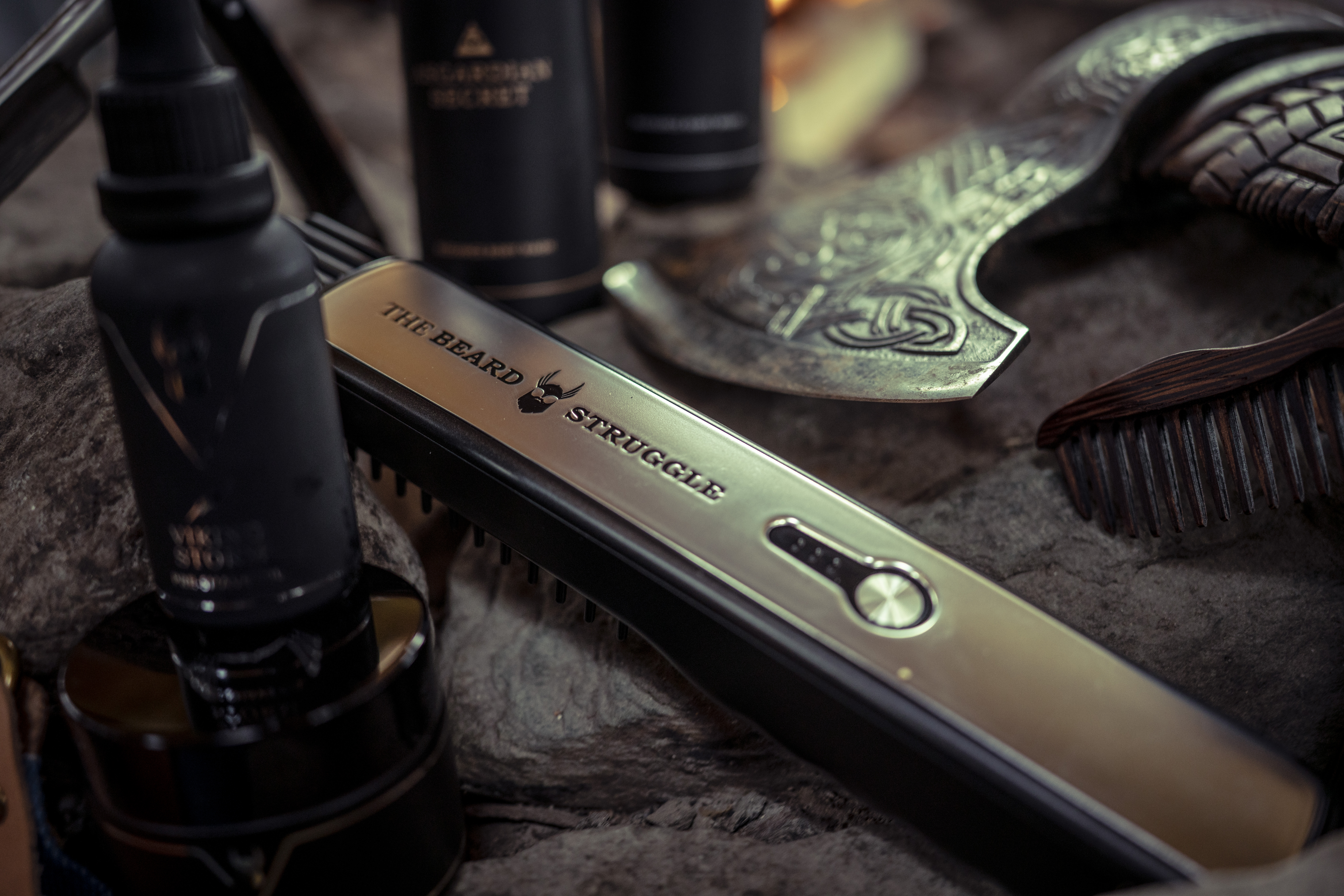
Cons of having a straight beard:
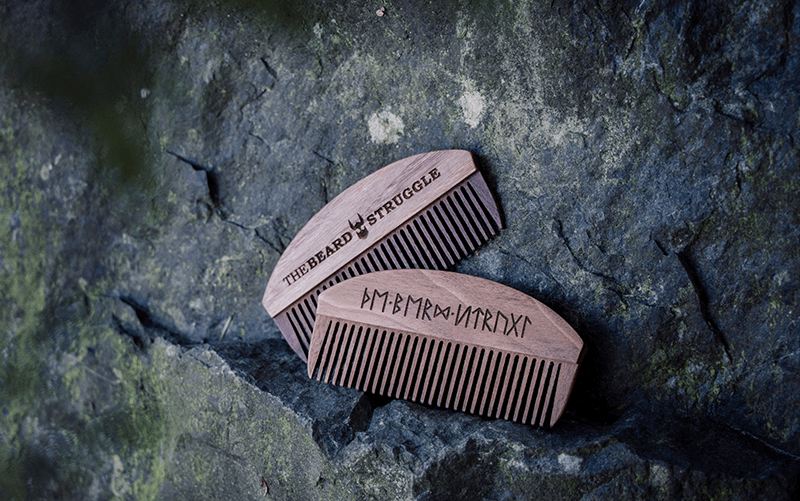
Generally, a beard brush works better than a comb or normal brush to give your beard a fuller, thicker look. It also exposes the split ends and irregular growth of hair which can then be groomed by trimming.
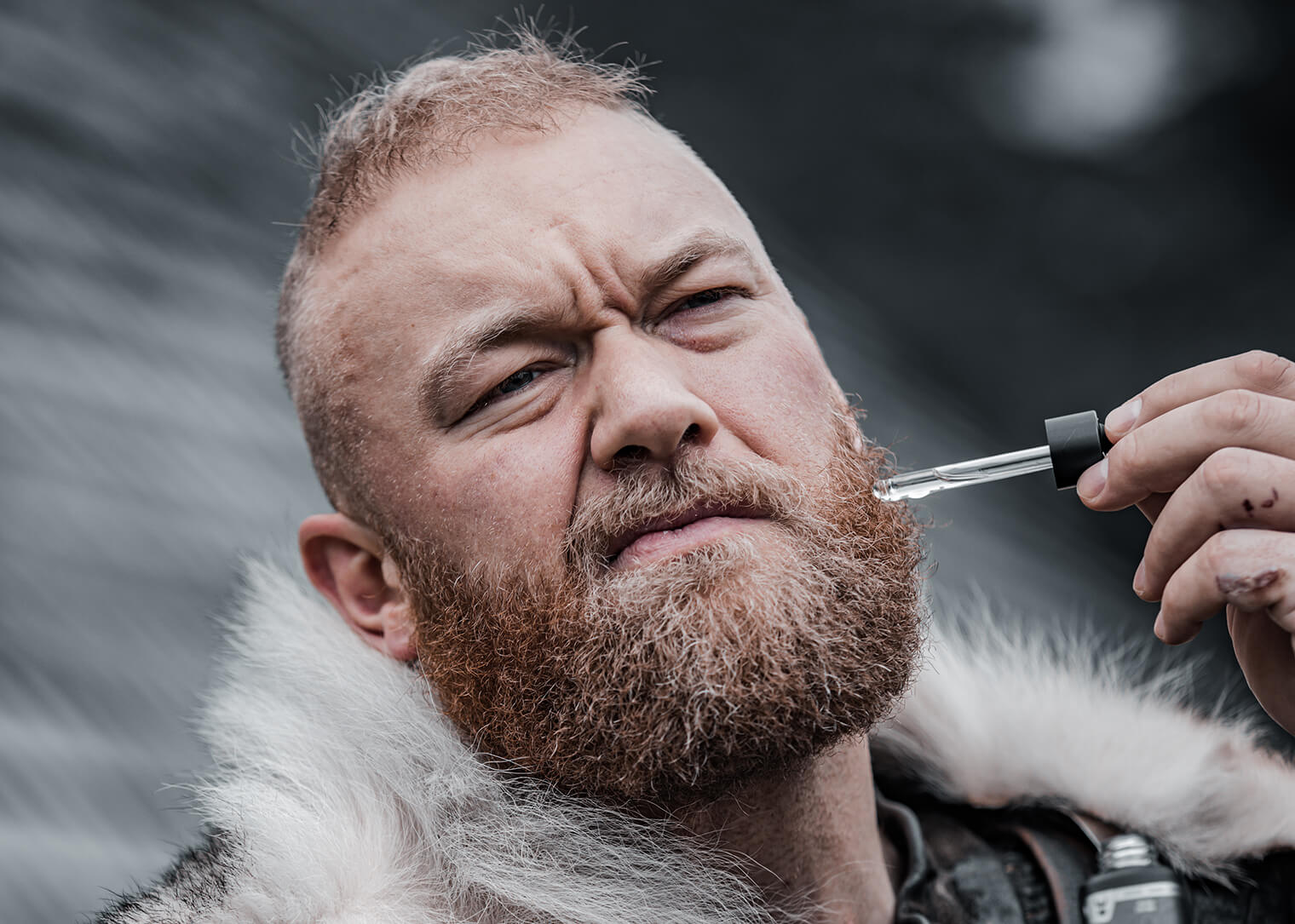
Nourishment and hydration are essential for the growth of your beard. The void of lacking volume for most aspiring Vikings with straight beard hair can be offset by regular application of beard oil which nourishes your beard, contributes to the distribution of natural oils, mitigates dryness, and promotes blood flow thereby stimulating growth.
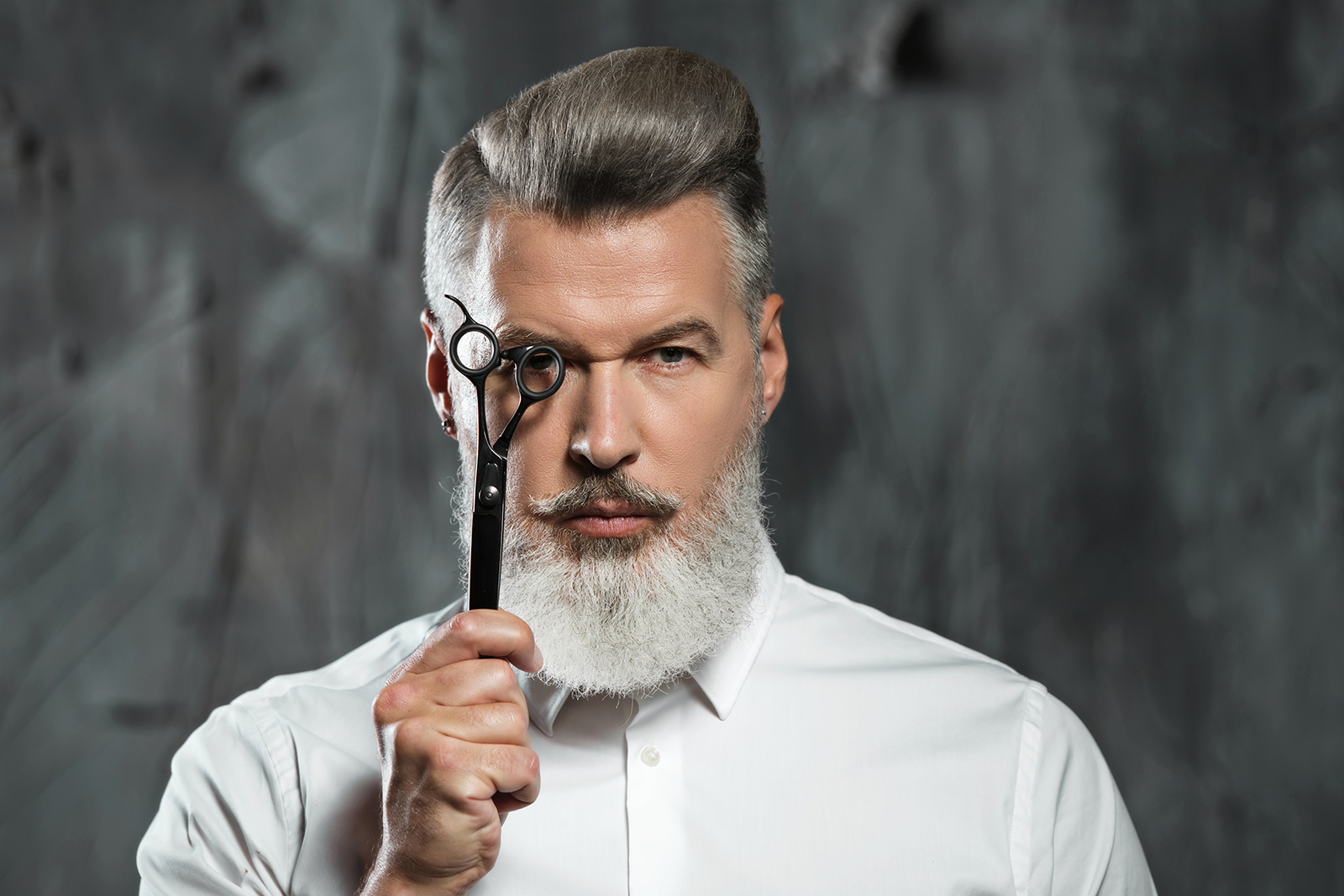
As we are aware, the rate of beard hair growth is not uniform which requires chronological trimming in consonance with the duration of hair growth. This is especially true if you have a beard with split ends plus irregular hair growth. Hence regular trimming is imperative to enable healthy beard growth.
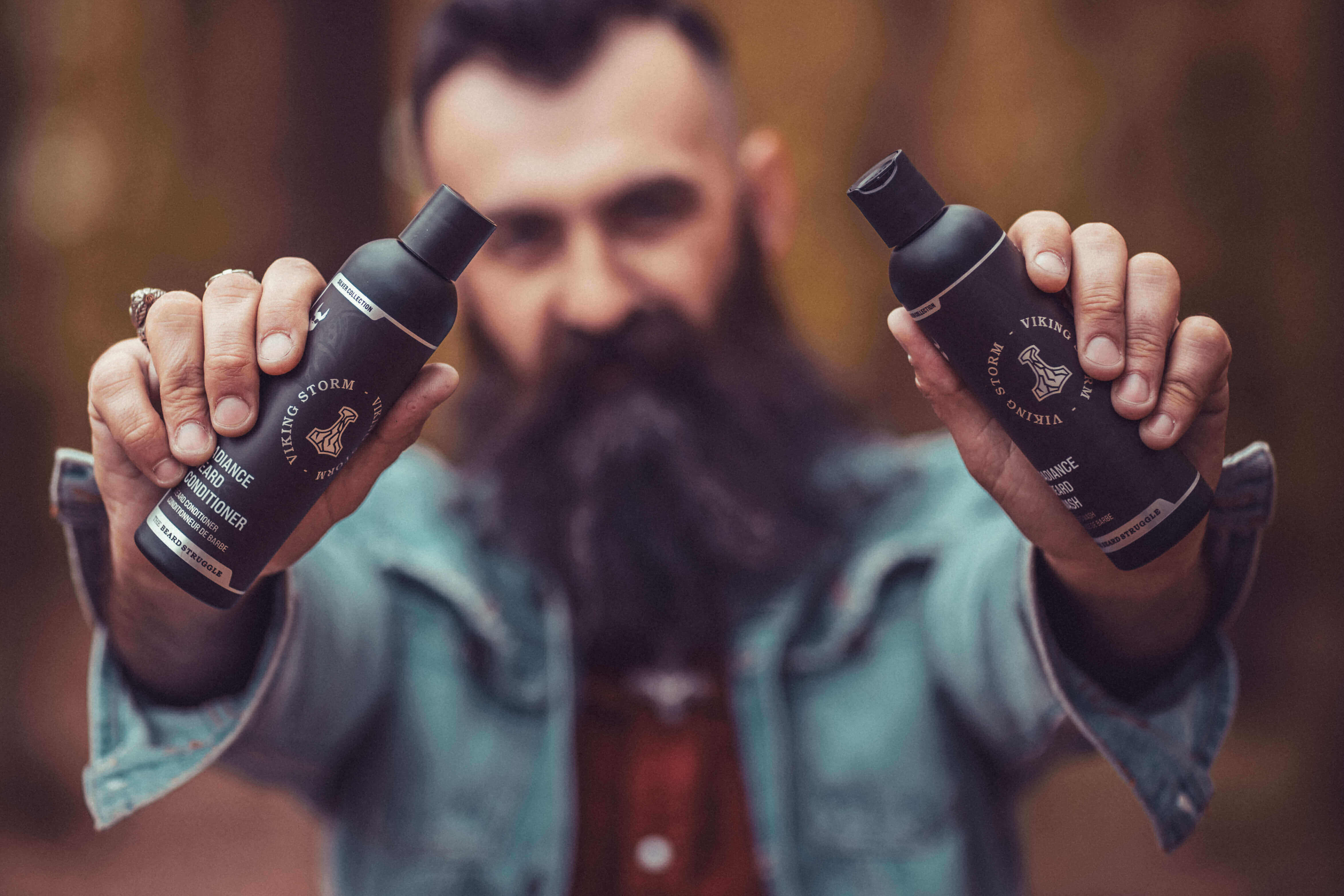
Washing your beard with a beard wash should be an important part of your beard grooming regimen. Its regular application is more emphatic if the nature of your job involves regular exposure to dust and dirt, which in turn gets trapped in your hair. But even if you work in an office, you still need to ensure regular washing of your beard to give it a hygienic look. So make sure to condition your beard as well with a reliable beard conditioner.

Beard balm is a beard styling product. Beard balms offer a relatively strong hold on your beard hair while providing hydration and care. Its regular application improves your overall facial outlook and gives a hygienic appearance. You can add this practice to your beard care regime to invigorate your overall Viking outlook.
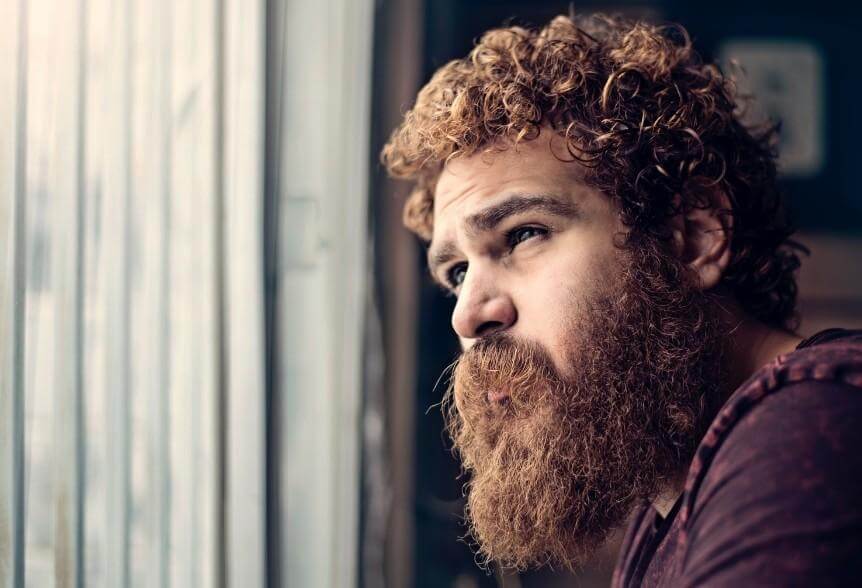
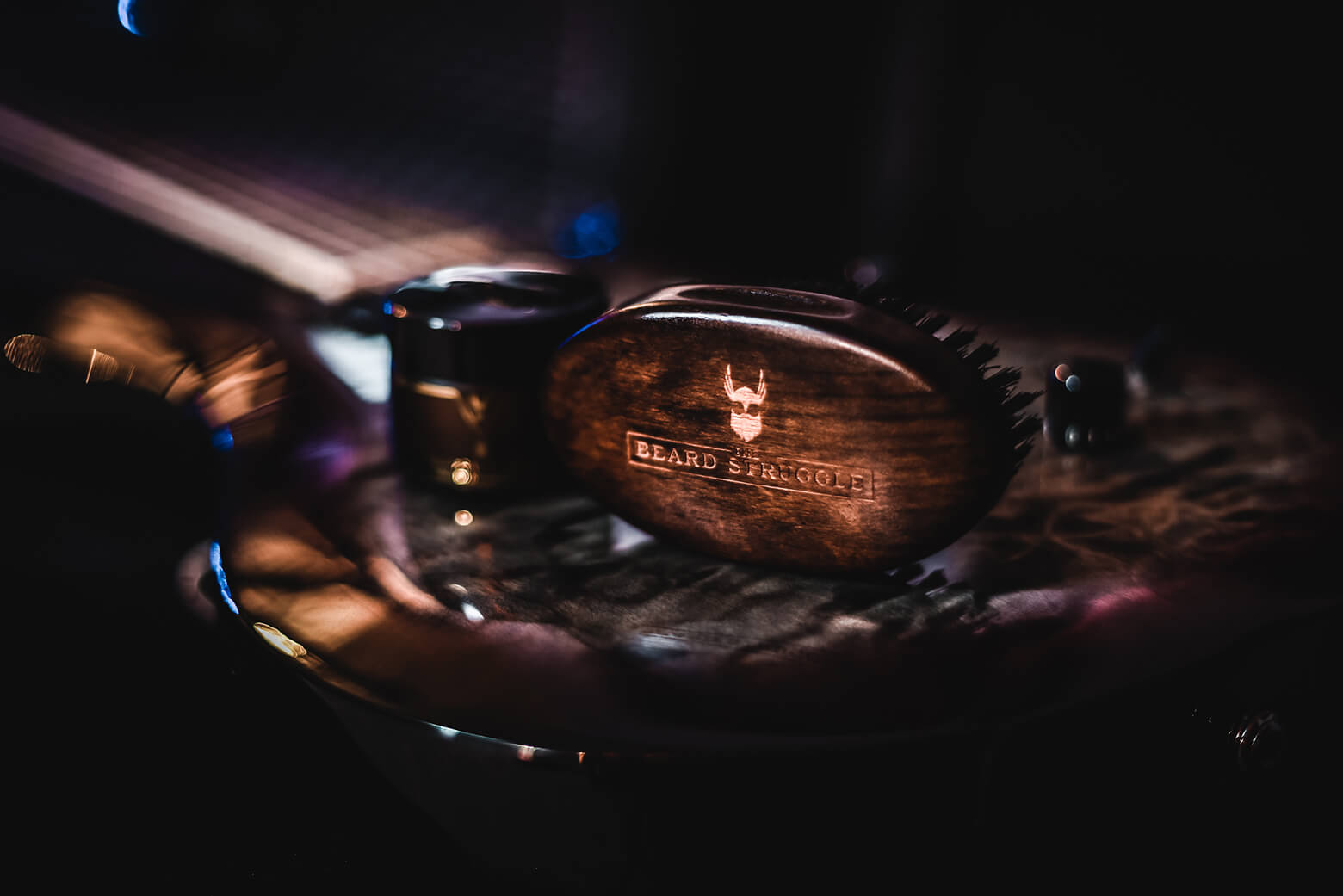
Regular use of a beard brush gives your beard a fuller, thicker look and helps maintain your curly beard. Its bristles lift your hair away from the skin, remove unnecessary entanglements, and give a heftier appearance to your beard.
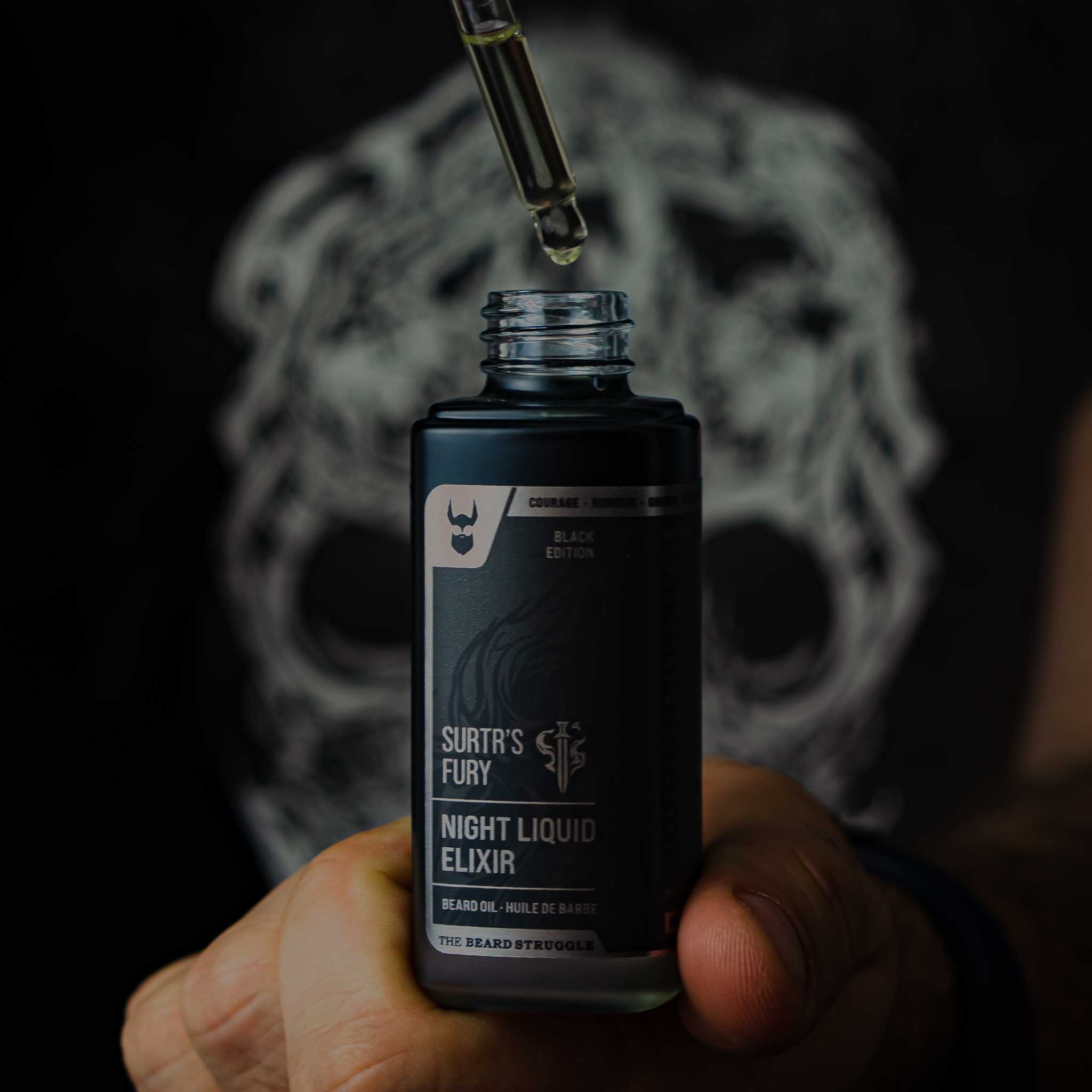
Regular application of beard oil can contribute to moisturizing and softening up of curly beard making it easy to manage and promoting growth. By regular application of beard oil, the likely problem of beardruff and itchiness can also be mitigated.
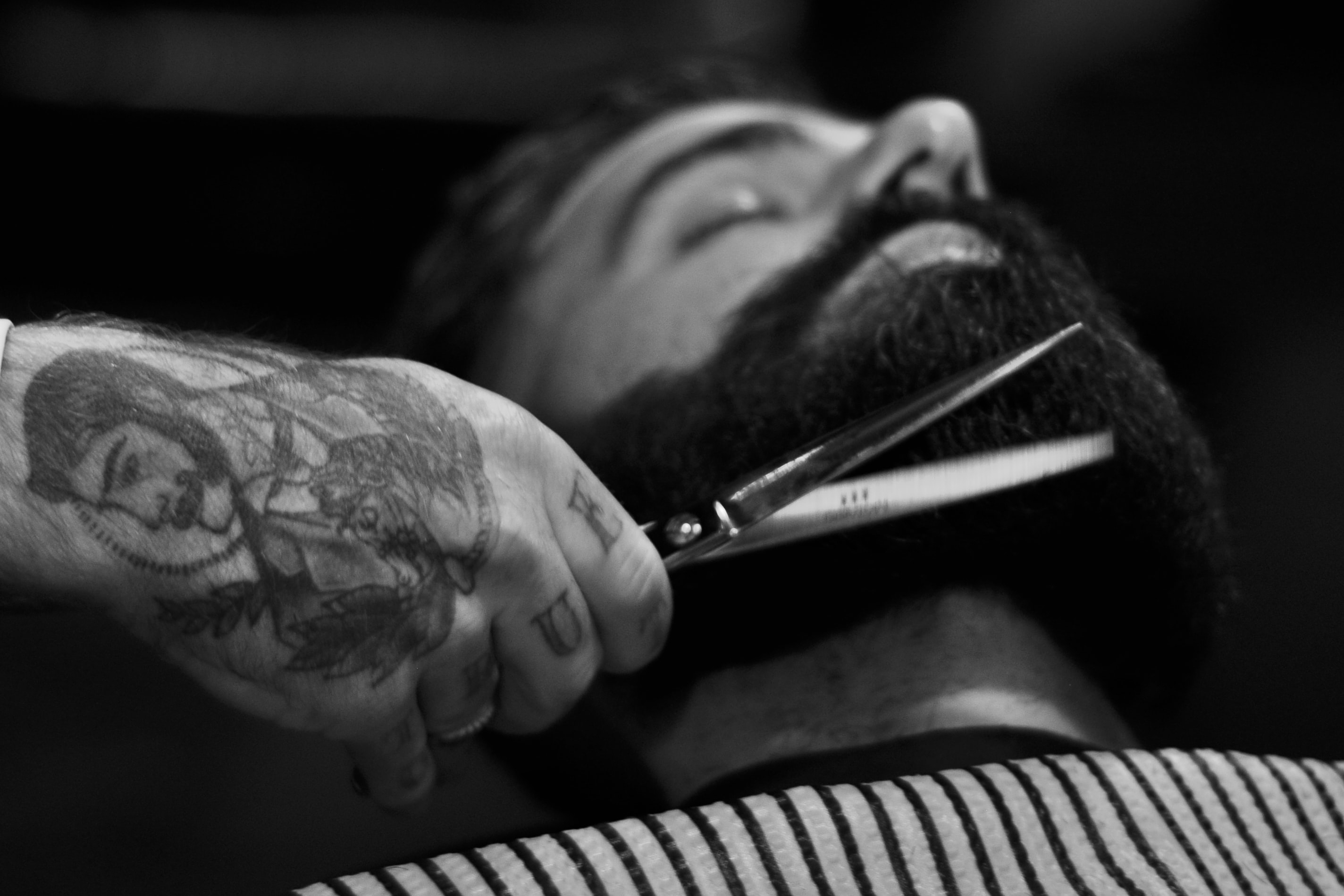
As we have already highlighted that the rate of beard hair growth is not uniform. If you have an unkempt curly beard it adds to the problem and hence, to get a more hygienic and well-kept look, trimming becomes necessary. Hence regular trimming is ostensibly relevant to maintain a curly beard.
Irrespective of the type of beard you carry regular washing and conditioning is very important. A curly beard is more likely to catch dust and scrub which will make it difficult to manage. Vikings were famous for regular care of their as the hallmark of their personality. Hence it is important to regularly wash and condition your beard with reliable beard grooming products.
Beard balm contributes to making your beard hair softer, easier to harness, and style in the manner that best suits your facial expressions. It also comes with the added advantage of providing protection against the itchiness associated with dandruff or dryness.
The Viking Beard: Viking beard styles are the biggest, burliest beards of them all. This style is characterized by thick, characterized by a full, thick beard that covers the entire face. Pioneered by the fierce Scandinavian warriors of the late 8th – 11th centuries. Originally, this was more of a function of necessity than fashion. This type of beard provided a way for seafaring Norsemen to keep their faces warm in bitterly cold weather.

The Corporate Beard: This style is characterized by a shorter, well-groomed beard style that is suitable for a professional setting. It is typically maintained at a uniform length and can be styled in various shapes, like a goatee, chinstrap, or circled beard.
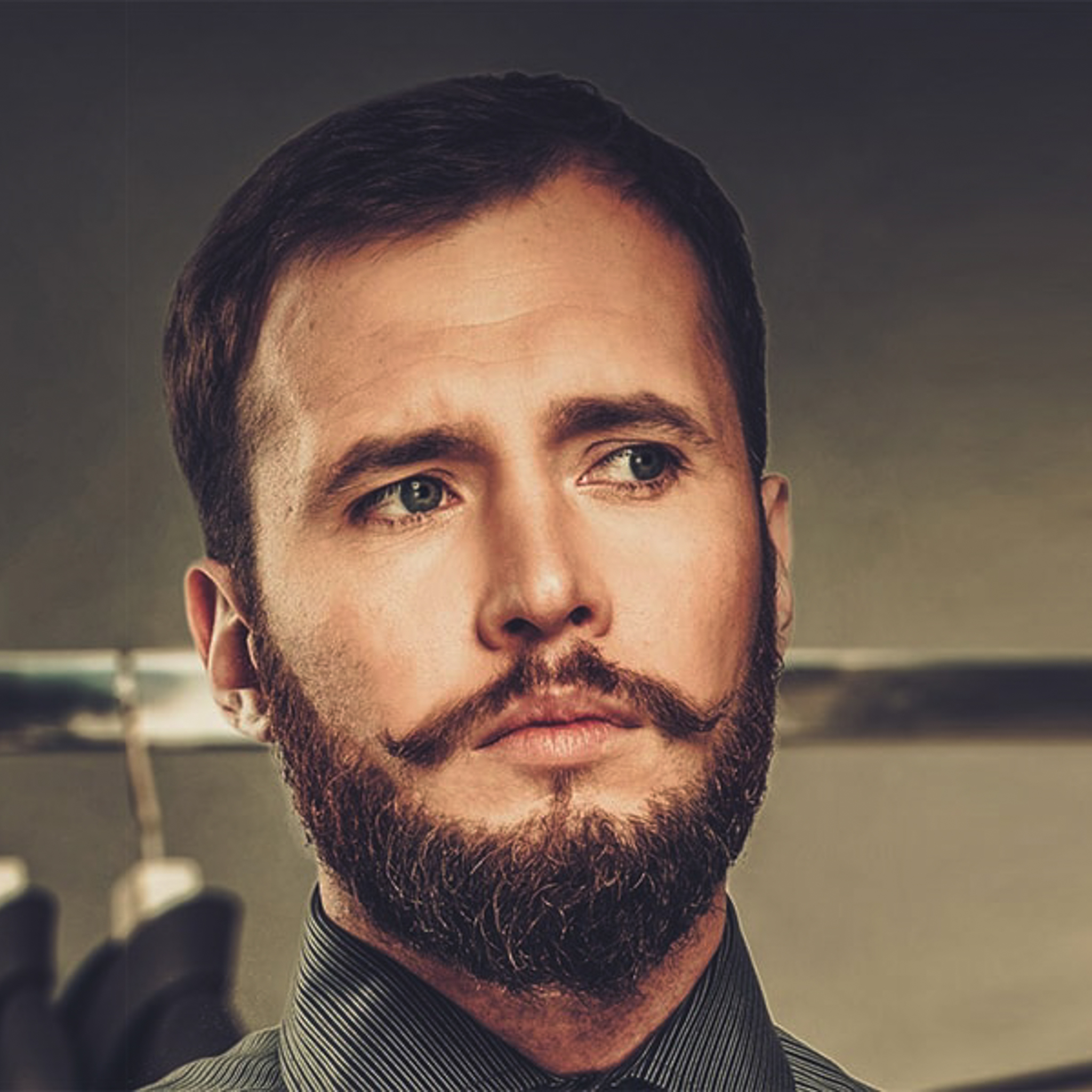
The Full Beard: The full beard is a classic style that works well with straight hair. It is maintained at a longer length and can be styled in various ways, such as a long and pointed beard, a square or round-shaped beard, or even a beard with an undercut.
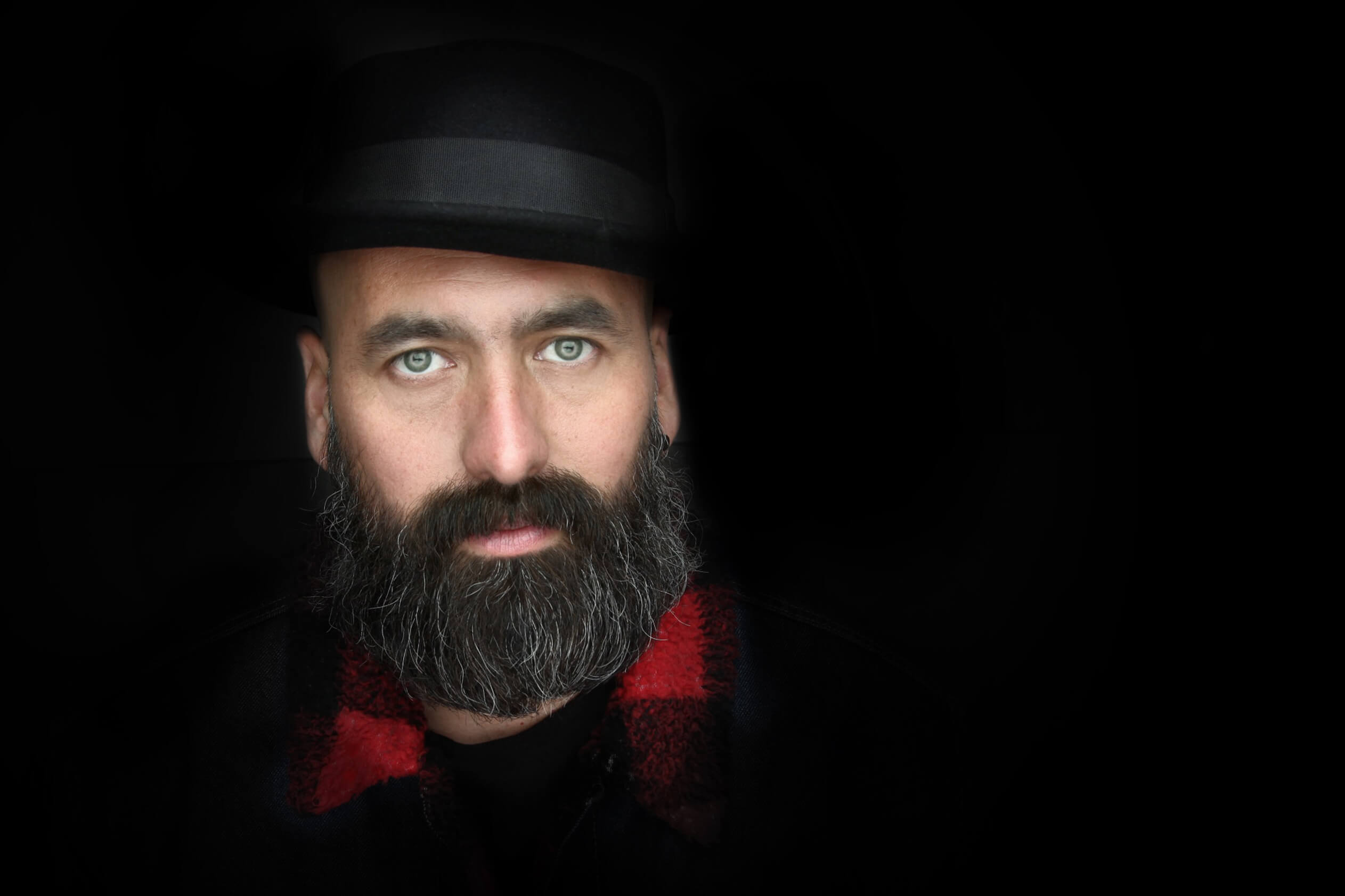
The Beardstache: The beard stache is a hybrid beard style that is characterized by combining a mustache with a short, well-groomed beard. It is a versatile style that can be adapted to suit various face shapes and hair types.

The Extended Goatee: This is a stylish and trendy beard style that features a goatee that extends along the jawline to form a distinctive “T” shape. It is a good option for men with a patchy beard, as it provides coverage while still looking sharp.
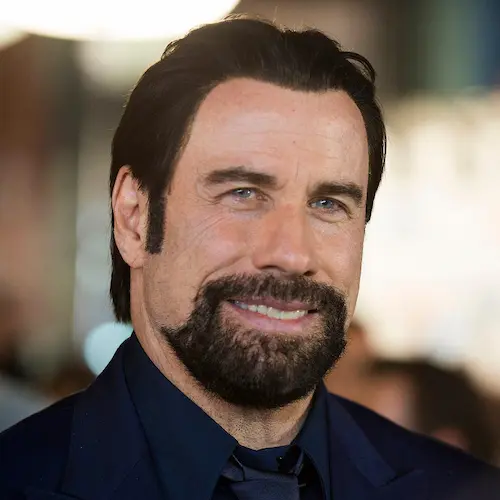
The Garibaldi: The Garibaldi beard is a full and rounded style that is ideal for men who want a more tough and masculine look. It is characterized by a full beard that is rounded at the bottom and kept at a medium length.
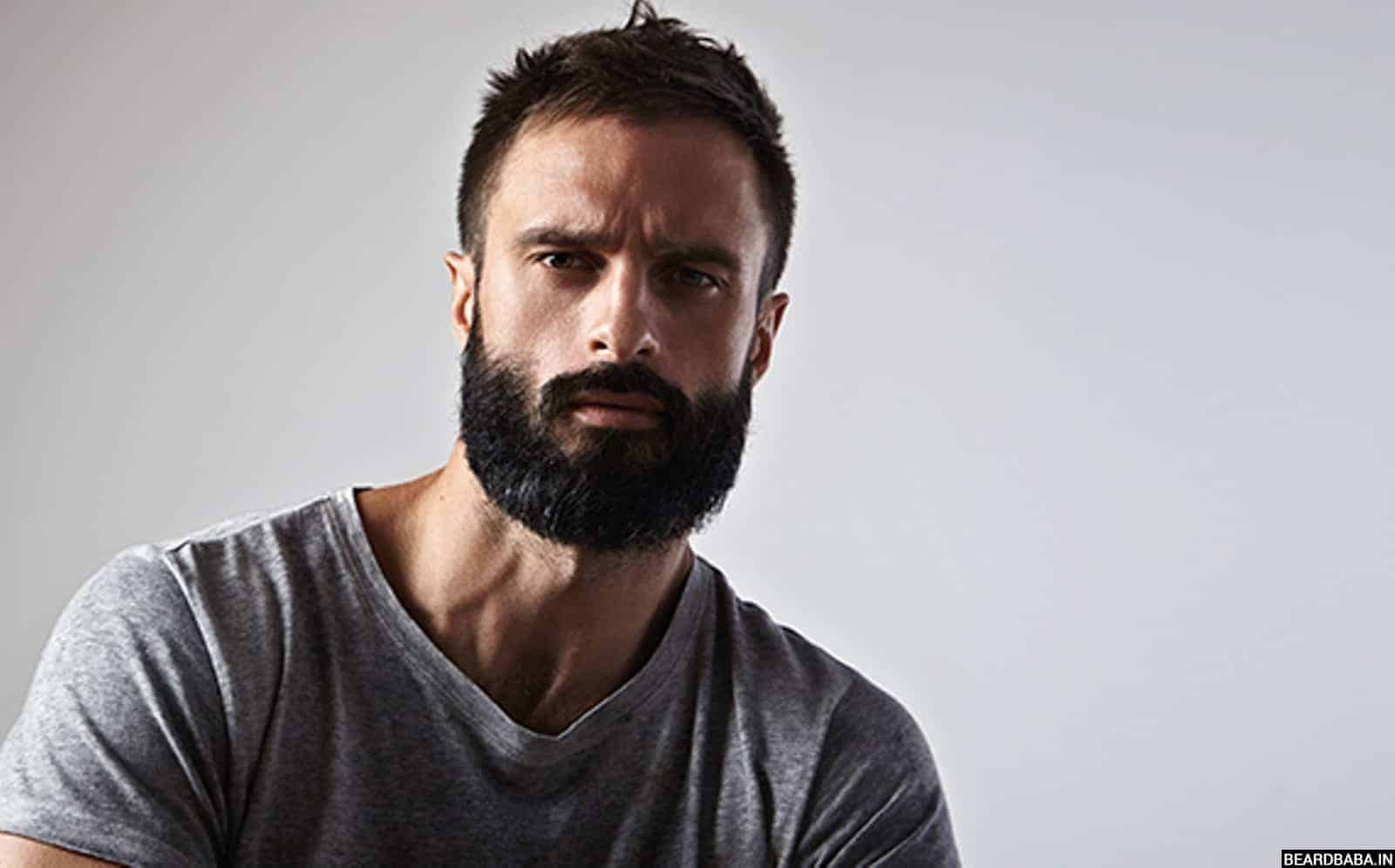
Your beard choice will most likely depend on your facial expressions, the type of beard hair, your overall stature, and the nature of your environment. It is important to be open to trying new styles and evolving with experience. When settled you can choose whichever style vibes the most with your personality and environment.
Short and Tapered: A short and tapered beard can work well with curly hair, giving it a neat and tidy appearance.
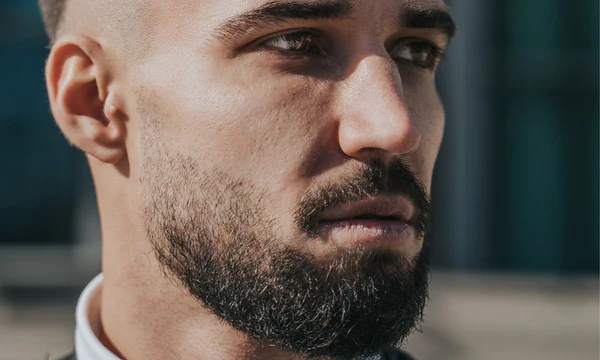
Full and Round: A full and round beard can accentuate the natural volume of curly hair, creating a bold and striking look.
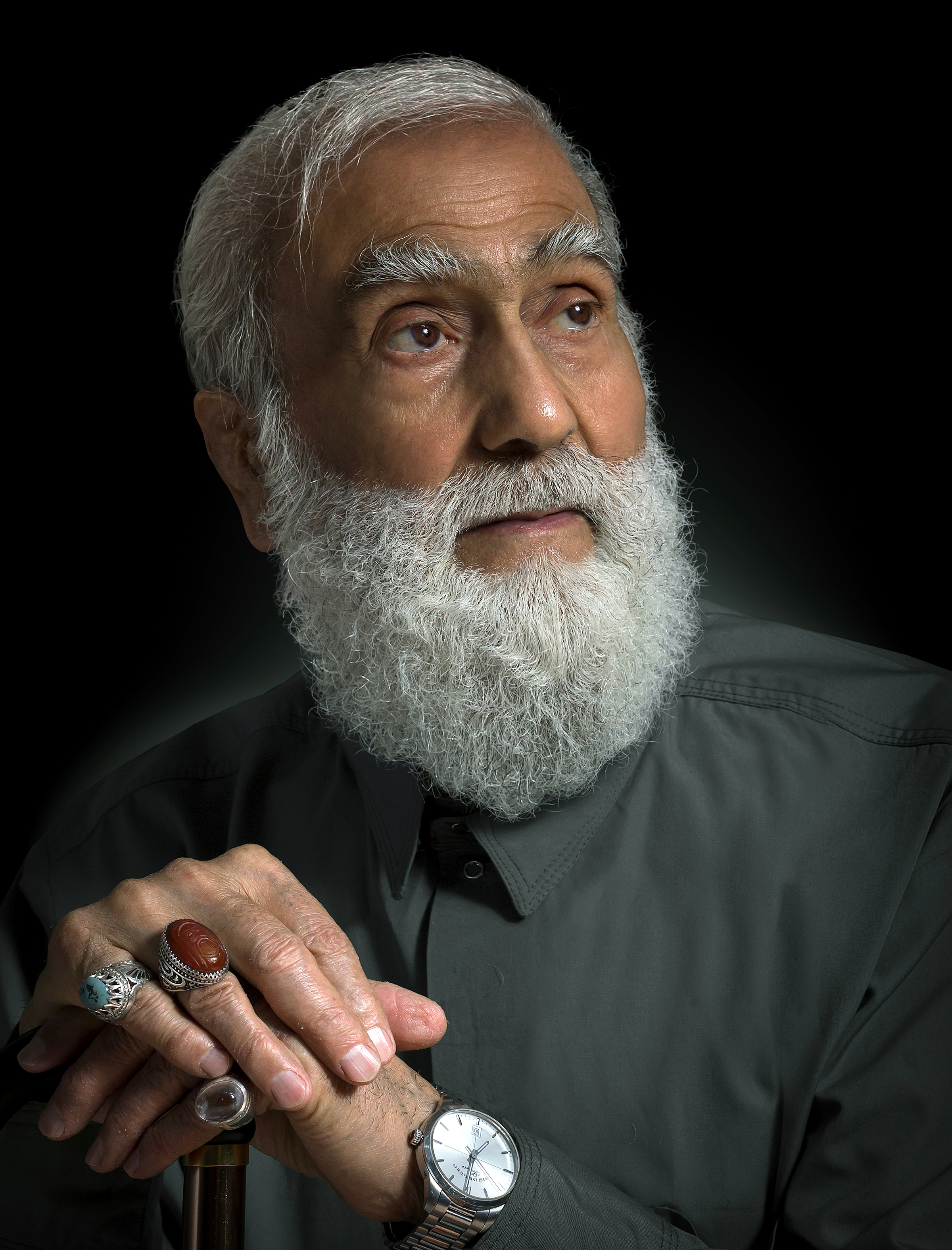
Long and Layered: A long and layered beard can be styled in a way that showcases the curls, creating a dramatic and eye-catching effect.

Van Dyke: The Van Dyke beard style, which consists of a mustache and goatee, can look great with curly hair, adding a touch of urban life and class.
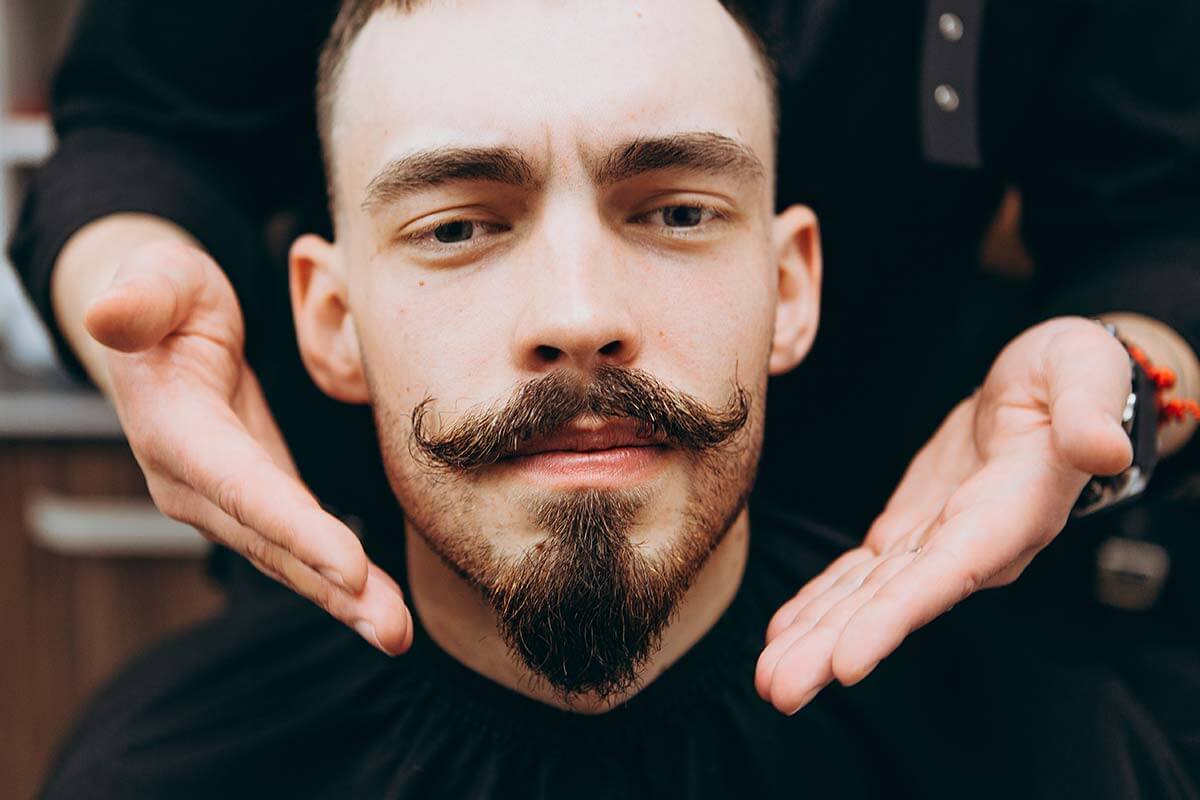
Ultimately, the best beard style for curly hair depends on the individual's personal style and preferences, as well as the shape of their face and the density of their hair. It's important to experiment with different styles to find the one that works best for you.
To summarize, men can enjoy a multitude of benefits from keeping a well-maintained beard, regardless of its type. Apart from enhancing physical attractiveness and offering protection against harmful UV rays, a beard can boost self-confidence, and make a man feel more masculine and powerful.
For Vikings, beard-keeping was more than just a fashion statement, it was a representation of masculinity, wisdom, and power, and it signalled a man's social status, leadership abilities, and connection to the gods. Therefore, embracing the Viking way of life by growing and maintaining a beard, regardless of the type, can be a rewarding experience that comes with numerous benefits.
Comments